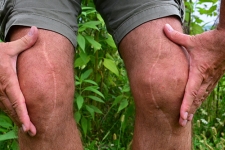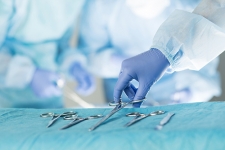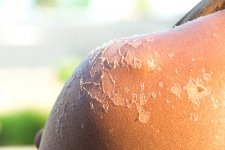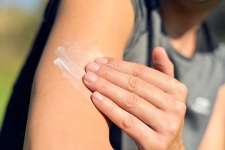What does this mean for patients? Well, first and foremost, it means that injuries that couldn’t have been repaired previously – before the technology was available – probably wouldn’t have been routinely successful. Microsurgical techniques allow surgeons to do things like reattach fingers that have been amputated, or to transplant sections of tissue (muscle, bone, etc.) from one area of the body to another. All of this culminates into the surgeons’ ability to (re)attach blood vessels and nerves, allowing the transplanted tissue to thrive in its new location AND so that the feeling (sensation) of the tissue can be maintained.
Read more








